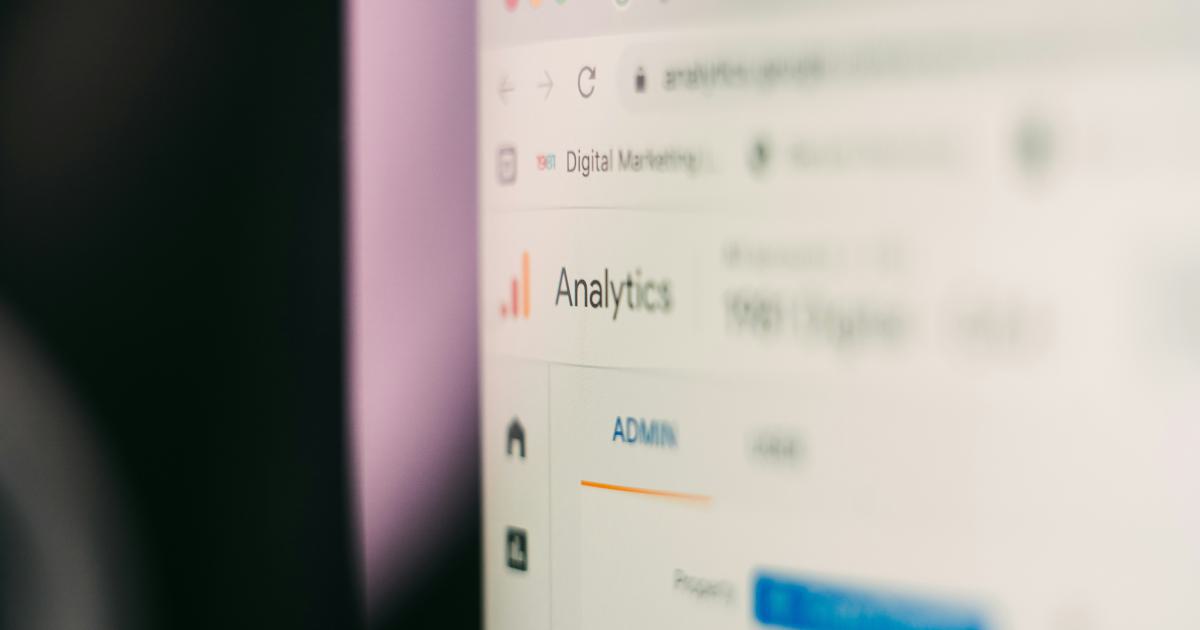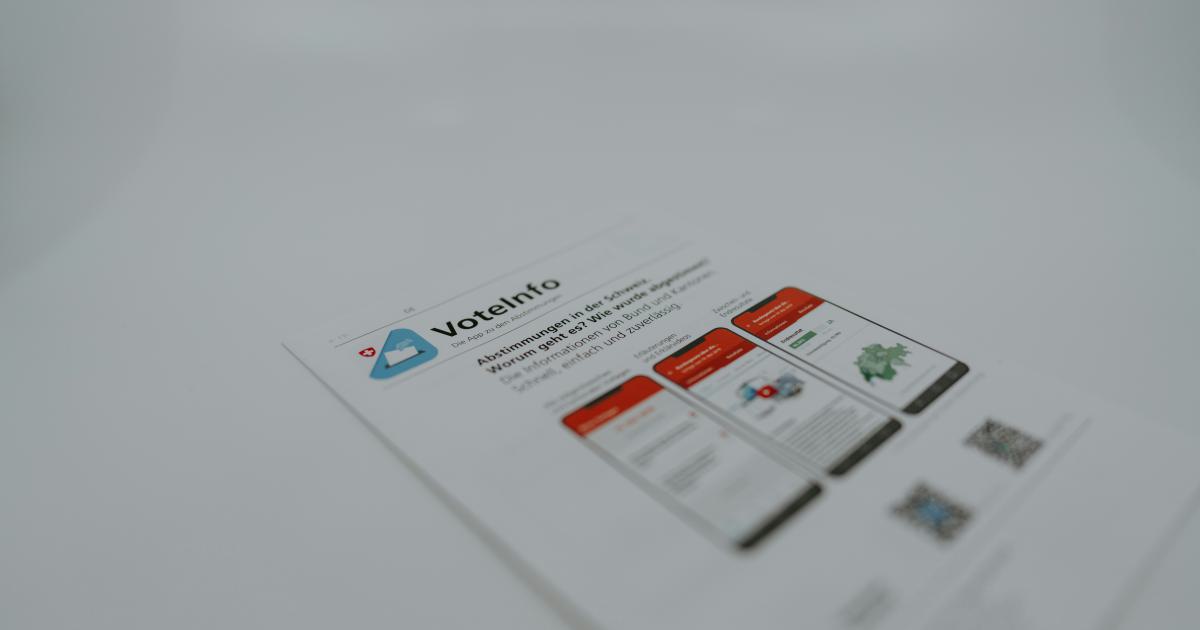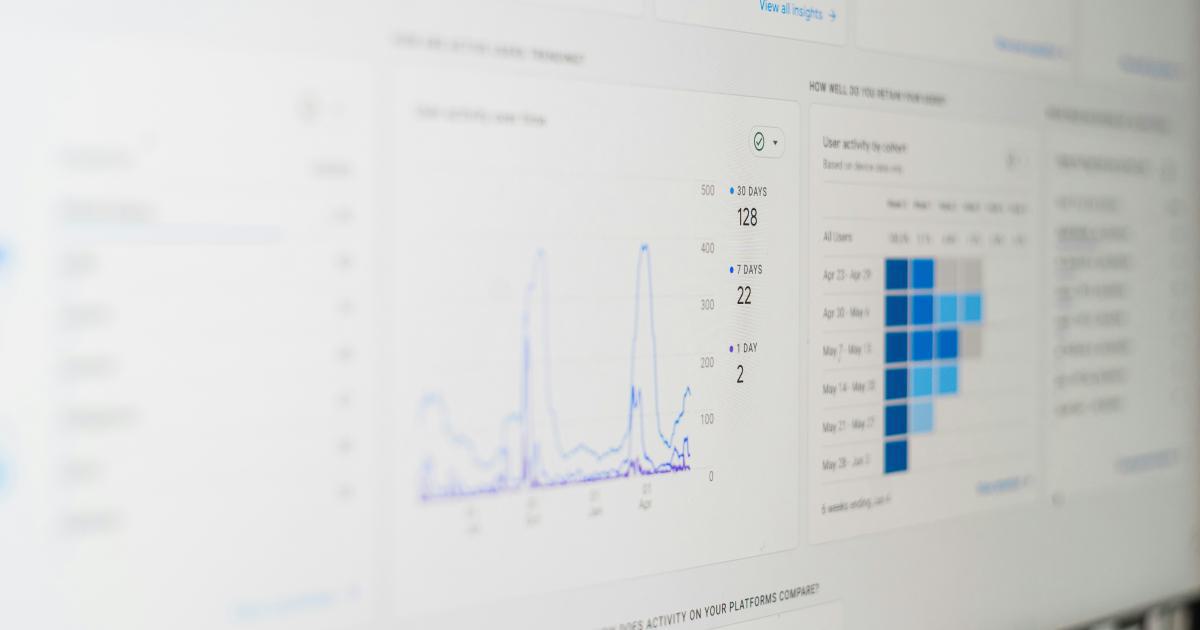8 Insightful Ways to Interpret Event Tracking in Analytics


Event tracking is a powerful feature in web analytics that allows you to gain deeper insights into user behavior on your website or application. By monitoring specific actions, interactions, and events, you can uncover valuable data that can drive informed decision-making and optimize your digital strategy.
In this comprehensive article, we'll explore eight insightful ways to interpret event tracking data and leverage these insights to enhance your overall analytics strategy.
Understanding the Basics of Event Tracking
Event tracking in analytics refers to the process of monitoring and recording specific user actions or interactions on a website or application. These events can include clicks, form submissions, video plays, scrolling, and various other user behaviors.

By tracking these events, you can gain a more detailed understanding of how users are engaging with your digital content and identify areas for improvement. Event tracking data can provide insights into:
- User Engagement: Understand which content or features are capturing the most user attention and interest.
- Conversion Optimization: Identify friction points or areas where users are dropping off in your conversion funnel.
- Site Usability: Pinpoint areas of your website or app that may be confusing or difficult to navigate.
- Content Performance: Evaluate the effectiveness of your content and marketing strategies based on user interactions.
Now, let's dive into eight insightful ways to interpret and leverage event tracking data.
1. Identify High-Impact User Actions
One of the primary benefits of event tracking is the ability to identify the most impactful user actions on your website or application. By monitoring key events, you can determine which behaviors are driving the most valuable outcomes, such as:
- Content Engagement: Analyze which pages or content pieces are generating the highest engagement levels, as measured by time spent, scroll depth, or video completion rates.
- Conversion Drivers: Understand which user actions are strongly correlated with conversions, such as newsletter signups, product purchases, or form submissions.
- Interaction Hotspots: Detect areas on your website or app where users are most actively interacting, such as clicking on calls-to-action or navigating through specific sections.

By prioritizing and optimizing the most impactful user actions, you can improve the overall user experience and drive better business outcomes.
Actionable Insights:
- Segment your event data by user persona or behavior to uncover specific high-impact actions for different user groups.
- Implement A/B testing to experiment with various design elements, content, or functionality that may influence the most valuable user actions.
- Use event tracking data to inform your content strategy, ensuring you create and promote the most engaging and conversion-driving content.
2. Understand User Engagement Patterns
Event tracking can provide valuable insights into how users engage with your website or application over time. By analyzing user engagement patterns, you can identify opportunities to improve the user experience and increase user retention.
Some key engagement metrics to monitor include:
- Session Duration: Analyze the average time users spend on your site or within your app, and identify any significant variations across different pages or features.
- Bounce Rate: Investigate the percentage of users who leave your site or app after only viewing a single page, and explore ways to keep them engaged.
- Repeat Visits: Examine the number of users who return to your website or app, as this can indicate the level of user loyalty and satisfaction.
- Content Consumption: Evaluate how much of your content users are consuming, such as the average number of pages viewed per session or the percentage of video content watched.

By understanding these engagement patterns, you can make informed decisions to optimize the user experience, improve content delivery, and enhance overall user satisfaction.
Actionable Insights:
- Segment your event data by user personas, traffic sources, or device types to identify any unique engagement patterns that may require tailored strategies.
- Experiment with changes to your website or app design, navigation, content, or functionality to see how they impact user engagement metrics.
- Leverage engagement data to inform your content strategy, ensuring you create and promote the most compelling and valuable content for your audience.
3. Identify Friction Points in the User Journey
Event tracking can be a powerful tool for uncovering friction points in the user journey, where users are experiencing difficulties or stumbling blocks that prevent them from completing desired actions or conversions.
By monitoring user behavior at key touchpoints, you can detect areas of your website or application that may be causing frustration or confusion, such as:
- Abandoned Form Submissions: Analyze event data on form interactions, such as field completions and submission attempts, to identify fields or steps that may be deterring users.
- Confusing Navigation: Track user interactions with your site's navigation menu, breadcrumbs, or internal links to pinpoint areas that may be causing user confusion or disorientation.
- Content Dropoff: Investigate user scrolling, video engagement, or content consumption patterns to detect where users are losing interest or abandoning your content.
- Technical Issues: Monitor for events related to errors, page load times, or other technical hiccups that may be hindering the user experience.

By addressing these friction points, you can improve the overall user experience, increase conversions, and drive better business outcomes.
Actionable Insights:
- Implement event tracking on key user journey touchpoints, such as form fields, calls-to-action, and content consumption metrics.
- Analyze event data in conjunction with other analytics metrics, such as bounce rate, exit rate, and conversion rates, to uncover potential friction points.
- Conduct user testing or surveys to gather direct feedback from users and validate your event tracking insights.
- Prioritize and address the most significant friction points, then continuously monitor and iterate based on the results.
4. Measure the Effectiveness of Marketing Campaigns
Event tracking can be a valuable tool for evaluating the success of your marketing campaigns and understanding how users are engaging with your promotional efforts.
By setting up event tracking for specific campaign-related actions, you can gain insights into:
- Campaign Engagement: Measure the number of users who interact with your campaign-specific content, such as clicking on advertisements, engaging with landing pages, or signing up for offers.
- Lead Generation: Track the number of users who complete lead capture forms or submit other conversion actions as a result of your marketing campaigns.
- Referral Behavior: Analyze how users who arrive at your site through campaign-specific channels, such as email or social media, engage with your content and complete desired actions.
- Campaign Attribution: Understand which marketing channels, messages, or creative elements are driving the most valuable user actions and conversions.

By leveraging event tracking data, you can optimize your marketing strategies, allocate resources more effectively, and ensure your promotional efforts are delivering tangible results.
Actionable Insights:
- Implement event tracking for specific campaign-related actions, such as clicks on ads, form submissions, or content engagements.
- Segment your event data by traffic source, campaign, or user persona to identify the most effective marketing strategies for different audience segments.
- Utilize event tracking in conjunction with attribution modeling to understand the full customer journey and the role of your marketing campaigns in driving conversions.
- Continuously test and iterate your marketing campaigns based on the insights gained from event tracking data.
5. Analyze User Behavior Across Devices and Platforms
In today's multi-device, omnichannel world, event tracking can provide valuable insights into how users interact with your digital properties across different devices and platforms.
By monitoring user behavior across various touchpoints, you can:
- Understand Cross-Device Journeys: Analyze how users navigate and engage with your content as they switch between devices, such as starting a purchase on a mobile device and completing it on a desktop.
- Identify Platform-Specific Preferences: Detect any significant differences in user behavior and engagement patterns between your website, mobile app, and other digital platforms.
- Optimize for Mobile Experiences: Leverage event tracking data to identify and address any friction points or usability issues specific to mobile device users.
- Enhance Omnichannel Strategies: Gain insights to help you create a seamless and consistent user experience across all your digital channels.

By understanding how users interact with your digital properties across different devices and platforms, you can make more informed decisions to enhance the overall user experience and drive better business outcomes.
Actionable Insights:
- Set up event tracking to capture user actions across various devices, platforms, and channels, including web, mobile, and any connected applications or IoT devices.
- Segment your event data by device type, operating system, or platform to uncover any unique behavioral patterns or preferences.
- Utilize event tracking insights to inform your responsive design, mobile optimization, and omnichannel strategies.
- Continuously monitor and analyze cross-device user journeys to identify opportunities for improvement and better align your digital experiences.
6. Uncover Insights into User Behavior Trends
Event tracking data can provide valuable insights into user behavior trends over time, allowing you to identify patterns, detect changes, and make more informed decisions.
Some key areas to focus on when analyzing user behavior trends include:
- Seasonal or Cyclical Patterns: Examine how user engagement, conversions, or specific event triggers fluctuate based on time of year, day of the week, or even time of day.
- Emerging Behavioral Shifts: Detect any significant changes in user actions or preferences, which may be influenced by factors such as industry trends, market conditions, or shifts in user demographics.
- Evolving Content Consumption: Monitor how users engage with your content over time, such as changes in the popularity of certain pages, the consumption of video or multimedia assets, or the prevalence of specific user actions.
- Long-Term Engagement Trends: Evaluate user retention and loyalty by tracking the frequency and duration of user sessions, as well as the percentage of repeat visitors over an extended period.

By identifying and understanding these user behavior trends, you can make more informed decisions, adapt your strategies in a timely manner, and stay ahead of the curve in your industry.
Actionable Insights:
- Segment your event data by timeframes, such as daily, weekly, monthly, or quarterly, to uncover any seasonal or cyclical patterns in user behavior.
- Monitor your event data for any significant deviations from established behavioral baselines, and investigate the underlying causes.
- Leverage user behavior trend insights to inform your content planning, campaign strategies, and overall digital experience optimization.
- Continuously track and analyze user behavior trends to stay agile and responsive to evolving market conditions and user preferences.
7. Enable Personalized User Experiences
Event tracking data can be a powerful tool for enabling personalized user experiences, as it allows you to understand individual user behaviors and preferences.
By leveraging event tracking insights, you can:
- Segment Users: Analyze event data to identify distinct user segments based on their actions, interests, or engagement patterns, and tailor your experiences accordingly.
- Deliver Personalized Content: Use event tracking to understand which content, features, or offers resonate most with specific user segments, and dynamically serve them the most relevant and engaging experiences.
- Optimize User Journeys: Leverage event data to identify and address friction points or barriers unique to individual users, ensuring a seamless and personalized path to conversion.
- Enhance Recommendations: Utilize event tracking insights to power personalized product, content, or service recommendations that are tailored to each user's preferences and behaviors.

By harnessing the power of event tracking data, you can create more relevant, engaging, and personalized user experiences that drive higher levels of satisfaction, loyalty, and business outcomes.
Actionable Insights:
- Implement event tracking to capture user-specific actions and behaviors, such as content consumption, product interactions, or custom event triggers.
- Leverage user segmentation techniques to group users based on their event data, and develop personalized strategies for each segment.
- Integrate event tracking data with your personalization engine or content management system to dynamically deliver tailored experiences to individual users.
- Continuously test and optimize your personalization efforts by analyzing event data and adjusting your strategies accordingly.
8. Inform Business Strategy and Decision-Making
Ultimately, the insights gained from event tracking can have a significant impact on your overall business strategy and decision-making processes. By leveraging event data, you can:
- Align with Business Objectives: Ensure your digital initiatives and optimization efforts are directly supporting your overall business goals and key performance indicators (KPIs).
- Drive Informed Decision-Making: Make data-driven decisions based on a deep understanding of user behavior, preferences, and pain points, rather than relying on assumptions or intuition.
- Prioritize and Allocate Resources: Identify the most impactful areas for investment, whether it's content creation, feature development, or user experience optimization.
- Measure and Demonstrate ROI: Quantify the impact of your digital initiatives and demonstrate their value to key stakeholders, such as executives, marketing teams, or product managers.

By incorporating event tracking insights into your business strategy and decision-making processes, you can enhance the performance of your digital properties, drive better user experiences, and ultimately, improve your overall business outcomes.
Actionable Insights:
- Align your event tracking strategy with your key business objectives and KPIs, ensuring the data you collect is directly relevant to your strategic goals.
- Establish clear, data-driven processes for evaluating and prioritizing optimization opportunities based on event tracking insights.
- Regularly communicate event tracking findings and their impact to cross-functional teams and key stakeholders, demonstrating the value of your digital initiatives.
- Continuously iterate and refine your event tracking and analytics strategies to stay agile and responsive to evolving business needs and user behaviors.